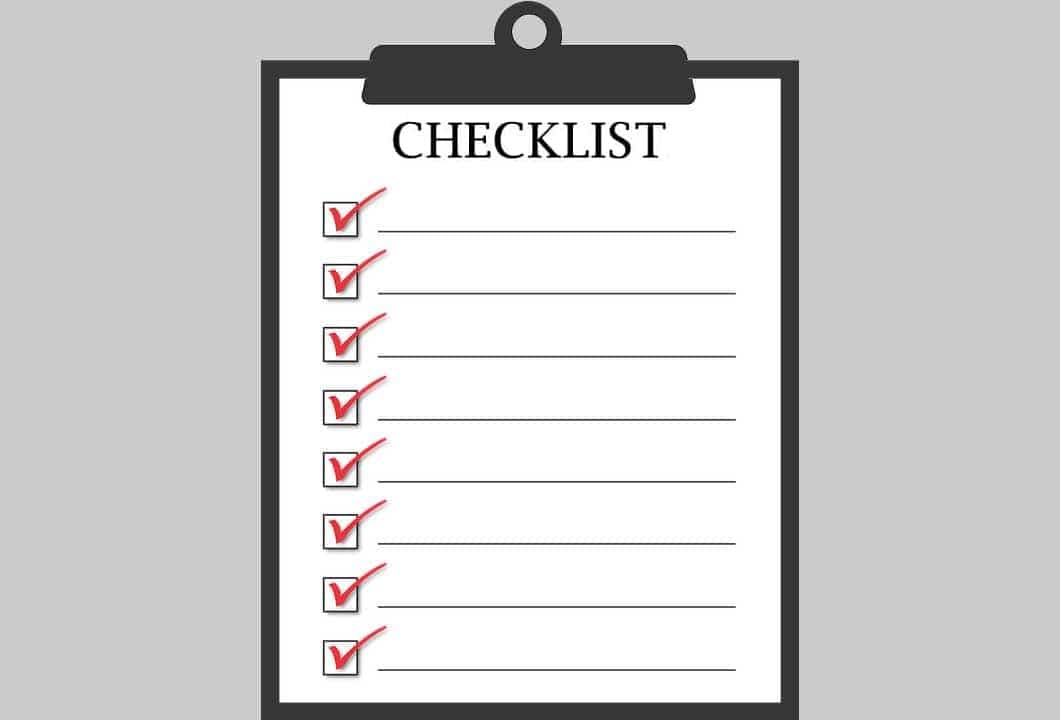Would you like your house to sell faster and for more than you expect?
Staged Property: Buyers Beware
Would you like to unload your house faster and for more than you expect? That, in rough terms, is what home stagers promise. Staging property is like set design in the theater. It leads the audience to look at focal points in ways that lead to certain feelings about the play. Good sets invite the audience to them by invoking emotional responses.
Housestagers do the same. They use props like plants, smells, visual accents, space, angles, lights, colors, textures, airiness, and furniture to lead a buyer to imagine living in this set.
They deploy tactical rental furniture and art in empty houses to create the imaginative magic of theater. Staged properties are clean, clutter-free, spruced up, and depersonalized. Staging is intended to draw the buyer into its pretend world.
The object is to get buyers to become emotionally invested in a staged house, make a spontaneous offer, and then pay more than they should.
A Growing Industry
Staging is now an industry that describes itself as “self-regulating.” Stagers can become trained, and accredited and join a professional group, such as the Real Estate Staging Assn. The Real Estate Staging Association, hundreds of thousands of real estate agents, and others have been trained.
Staging is sophisticated, customized marketing. It works. It’s not dishonest like putting a rug over termite-damaged hardwood floors.
But it is intentionally manipulative. Stagers orchestrate the space to twiddle with a buyer’s mind so that they do something that they might not otherwise do. Admittedly, our way of doing business with each other often tries to convince buyers that the seller’s deal is better than it is.
So how can buyers defend against a Martha Stewart correct Ficus Benjamina in the entrance, a potted tree so disgustingly symmetrical and repulsively tasteful that sunbeams dance in marching-band formation on its just-spritzed leaves?
By educating yourself about staging, its purpose, and how it’s done. An Internet search will lead buyers to informative articles. Stagers have written books. An agent working for the buyer should be asked to ring a staging alarm when entering a magic kingdom.
Identify stage props as a way to strip them of their persuasive power. Note fluffy bath towels, linens, greenery, wildflowers in dark rooms (they suggest sunlight), yellow roses on a dining-room table, compulsive decluttering, clean-plate closets, new furniture, non-casually tossed toss pillows, items arranged in threes, cleared-off counter tops, furniture angles that draw you into a room, a bowl of limes and lemons and other focal points that thrum “Look at me!” using a low C in a harp’s bass clef.
Outside note fresh paint, recently whacked shrubs, new shutters, fancy grill, ceramic yard frogs, rope hammock, an antique-looking weathervane, and a new picnic table. The last five vanish at closing, if not before.
The Power of the Prop
The power of these props is that, together, they represent the lifestyle that home-style magazines and television shows teach us to aspire to.
The stager scrubs away dirt and traces of the current occupants. The stager wants the buyer to think of the seller’s house with all props in place, not empty and not full of the buyer’s stuff.
Once a buyer recognizes staging, it becomes transparent and funny. “My, my, what a fetching woven rug with bulging knots! Is it pre-Columbian? The limes, the limes. [Kiss your fingertips.] Quel limes!”
Consider not looking at staged properties. Stagers boast that their properties get three to ten percent more than unstaged properties. I believe them. On property that is worth $500,000, staging puts an extra $15,000 to $50,000 of buyer money in a seller’s pocket. Some of that extra might go for paint and shrubs, things that actually convey to the buyer’s benefit.
But the buyer pays most of this staging premium for looking at props like candlesticks and couch pillows that will disappear like a traveling peep show. Staging succeeds in getting buyers to pay for something that often amounts to nothing.
Since all of us are equally vulnerable to the stager’s skills, perhaps a buyer should tell agents to eliminate staged properties from his
look list.
Consider the Bare Bones
Agents working for buyers might discuss ways to evaluate staged properties with their clients. Don’t look at the props. If a buyer visits a staged property, imagine the house buck naked and empty. That’s what you’re buying.
The reasons to cross off staged properties are that you will pay too much for what you’re getting, and you’ll be competing against stage-struck buyers who have fallen under a stager’s spell.
The seller has paid for the stage show, usually several thousand dollars but often much more. Statistics from Architectural Digest indicate that about 75% of sellers see an ROI of 5% to 15% over the asking price when they choose to stage their homes professionally before they put them up for sale.
Where a buyer must ask, do those extra dollars come from? Staging raises seller expectations. It’s hard to negotiate with a seller who’s spent hard cash and hopeful for above-list offers. Since staging works, it is ever more common. My advice is to stick with a price that makes sense to them.
For buyers: All of what you see is not all of what you get.
Related Blogs
How Our Team Helps Buyers Evaluate Homes
3 Proven Strategies for Buying a Home In a Highly Competitive Market
Categories
Recent Posts










